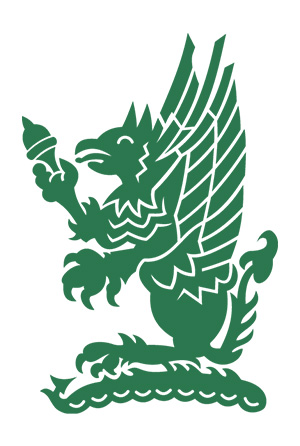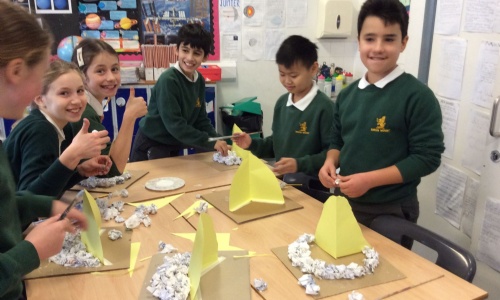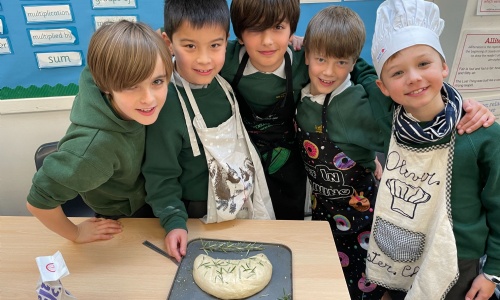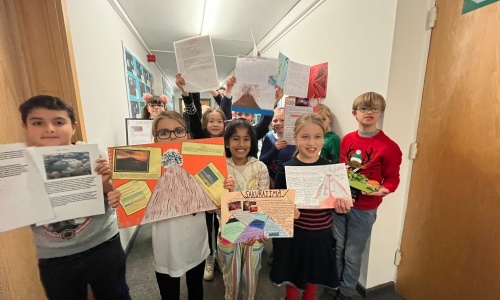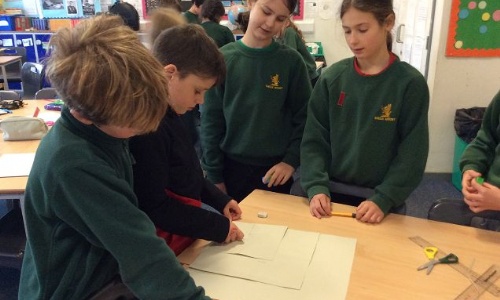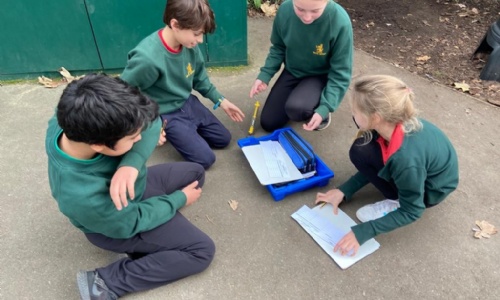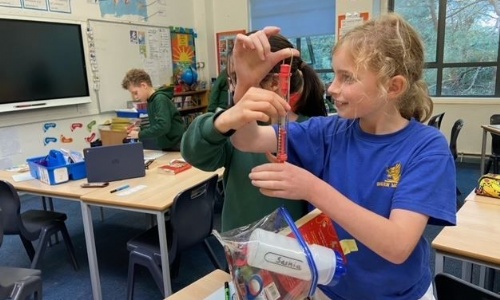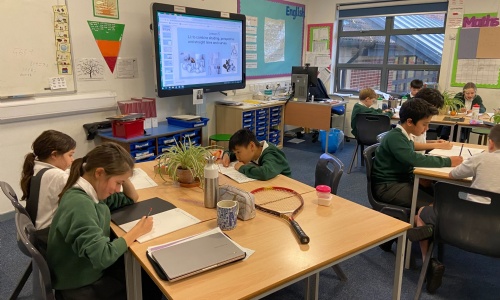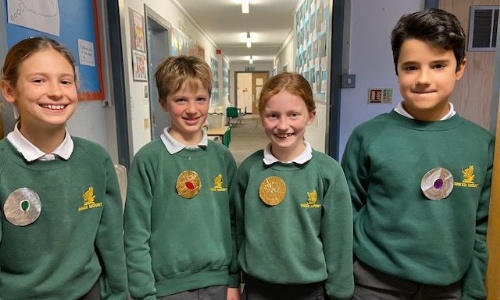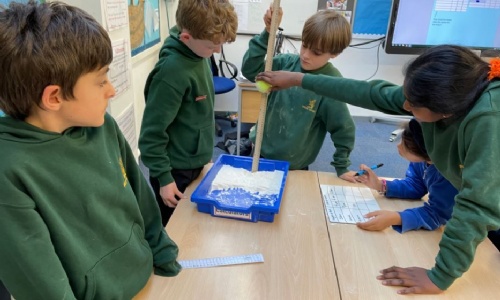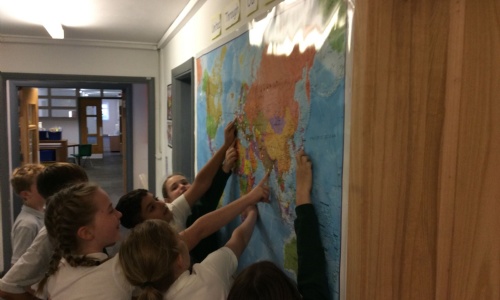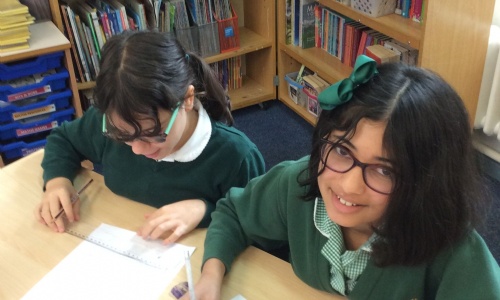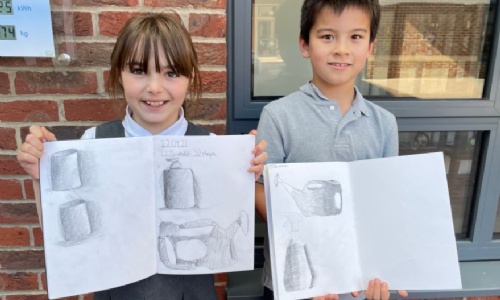This week, Year 5 kicked off our work on Black History Month and our thinking about how great it is to be different. We spent some time talking with our families to work out which parts of the world we were linked to. It might be a very direct connection in that we were born there or something a little less direct...perhaps a great-grandparent came to the UK from a different country a long time ago. We are all unique and we are now discussing in our lessons how our diversity makes our classroom, year group, school, city, country and world a more interesting, exciting and special place where everybody feels accepted, welcomed and valued. The map outside our Year 5 classrooms shows that we have a connection to at least 48 different countries. What a lot of diversity at Sheen Mount!
